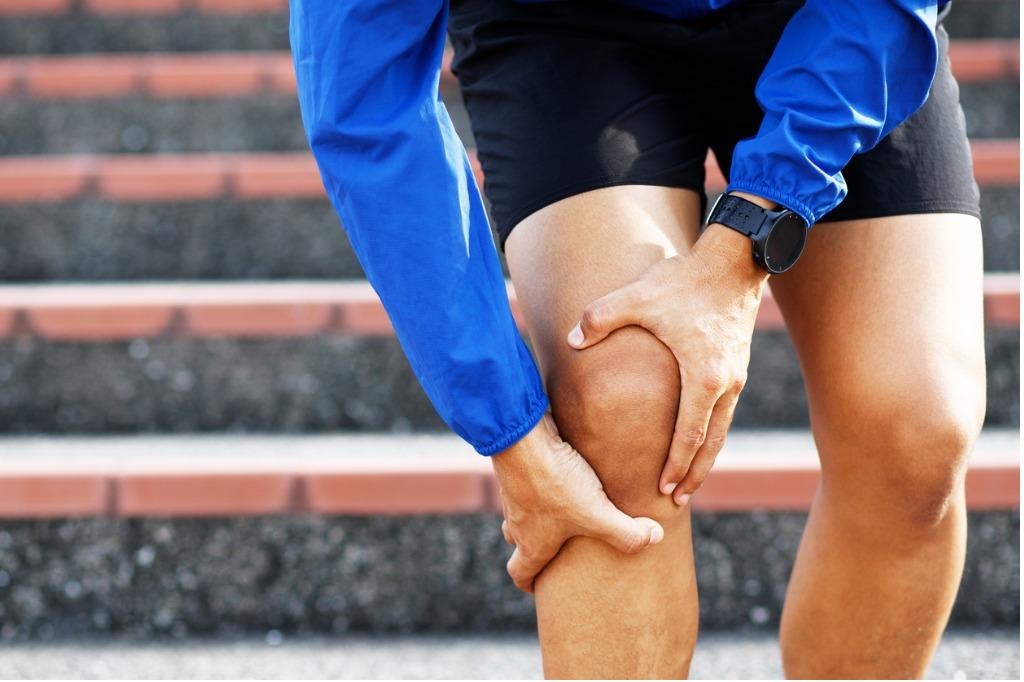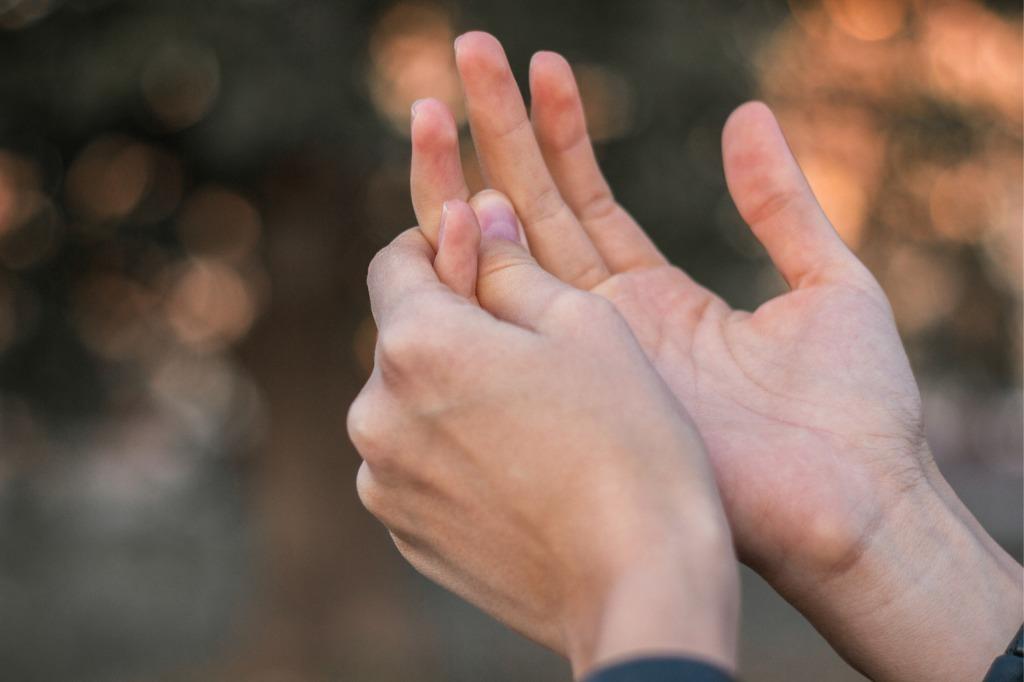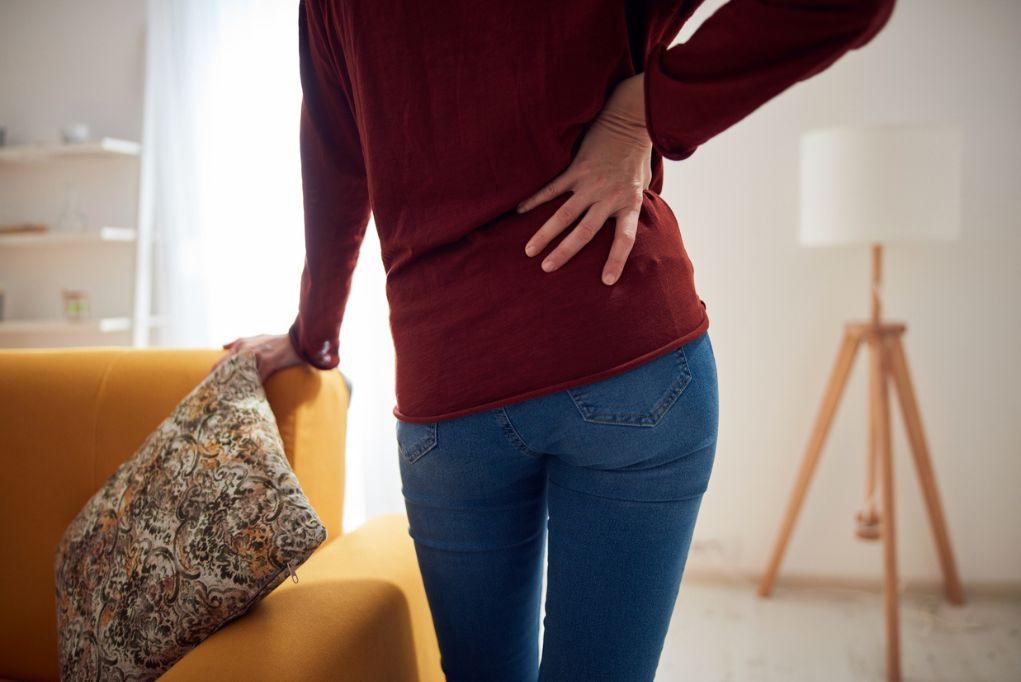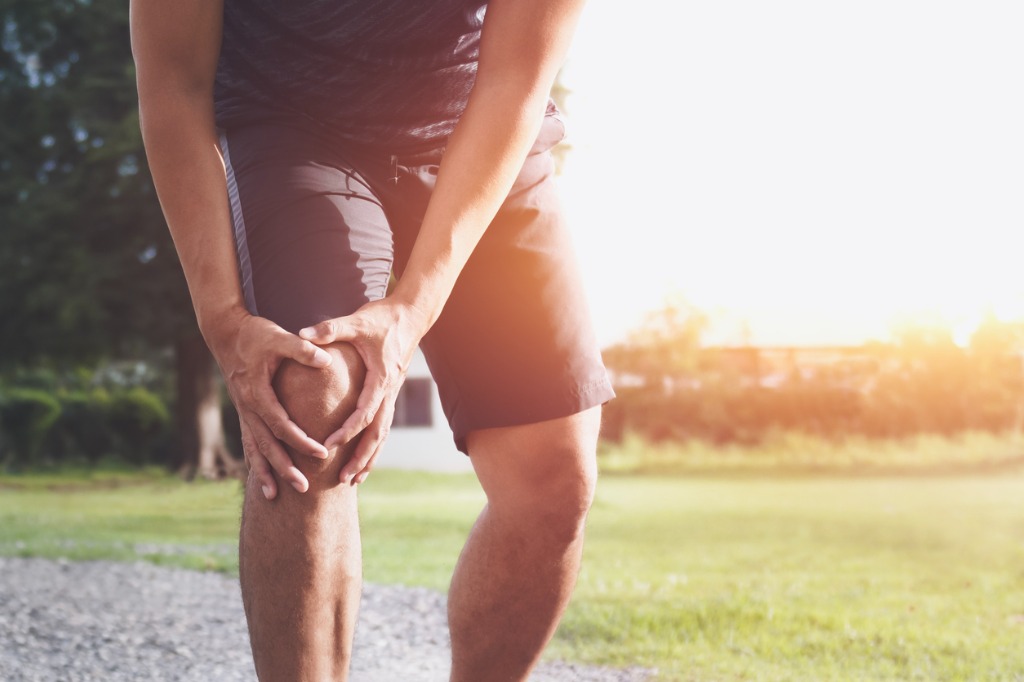6 Causes of Knee Pain When Running

6 Causes of Knee Pain When Running
Although running is an efficient way to enhance your cardiovascular health and stay active, it can significantly affect the body. Knee pain when running is one of the most common complaints among athletes, as the complex joint is highly prone to injury and overuse. Fortunately, identifying the cause of your knee pain is the first step to treating and preventing further discomfort in the joint.
Common Causes of Knee Pain
Among the most common causes of knee pain include:
1. Patellofemoral Pain Syndrome
Patellofemoral pain syndrome, commonly known as runner’s knee, is one of the most frequently seen conditions in active individuals. Runner’s knee causes pain around the patella or kneecap and usually leads to a grinding or clicking sensation upon movement. Although the source of runner’s knee is not fully understood, it is believed to be caused by a combination of factors, including:
- Improper alignment of the patella
- Weakness or tightness of the muscles around the knee
- Overuse
2. Bursitis
Bursitis occurs when the knee’s bursae, a small, fluid-filled sac that cushions the joint, becomes inflamed and swells. Bursitis often develops as a result of repetitive use, an injury, or an underlying condition and may cause pain, stiffness, and swelling in the knee.
3. Patella Tendonitis
Patella tendonitis is another common overuse injury in runners. The patella tendon connects your kneecap to your shinbone, also known as the tibia. When this tendon experiences repetitive stress, it may become inflamed, leading to pain and stiffness in the knee.
4. Ligament Tears
Ligament tears often occur as a result of a sudden twisting motion or due to a direct impact. You might have recently experienced a ligament tear if you heard a popping sound at the time of injury, followed by instability in the leg. The four ligaments in the knee that are prone to injury include the following:
- ACL: anterior cruciate ligament
- PCL: posterior cruciate ligament
- MCL: medial collateral ligament
- LCL: lateral collateral ligament
5. Meniscus Tear
The meniscus is a c-shaped piece of cartilage that supports and absorbs shock in the knee. If torn due to a sudden change of direction or overuse, it can cause considerable pain and inflammation in the knee, making it difficult to fully straighten your leg.
6. Iliotibial (IT) Band Syndrome
The iliotibial (IT) band is a group of connective tissues that runs from the hip down the outside of the thigh to the knee. IT band syndrome occurs when the IT band becomes irritated or inflamed. Runners frequently experience tightness in the IT band because of the knee’s repetitive bending during exercise.
5 Ways to Prevent Knee Pain While Running
There are several ways to alleviate and prevent knee pain while running. Here are some of the best ways to do so:
1. Try Physical Therapy
Completing physical therapy is an effective way to strengthen and increase the mobility of your knee. By reinforcing and stabilizing the structures in your knee, the joint may be less susceptible to strain and other overuse injuries.
2. Use Orthotics
Orthotics are inserts placed in shoes to correct misalignments and abnormalities in the feet and support your weight. Paired with adequate and supportive footwear, orthotics can also help improve your knee alignment and reduce chronic pain by distributing force more evenly throughout the foot, ankle, and knee.
3. Apply Ice and Heat Therapy
Depending on the symptoms you’re experiencing, you can help prevent knee pain by using ice or heat therapy. Ice therapy is successful at relieving swelling and inflammation, while heat therapy is effective at loosening tight muscles and reducing pain and stiffness.
4. Run on Different Surfaces
Running on different surfaces other than concrete can significantly help prevent knee pain. Although it may be convenient, consistently running on concrete or asphalt can be very strenuous on your joints, particularly your knees. Try running on a more forgiving surface, such as:
- Sand
- Treadmill
- Synthetic track
- Dirt trails
- Grass
5. Foam Roll Regularly
Foam rolling is a form of self-myofascial release, also known as a manual massage of the fascia, which is the connective tissue that surrounds muscles. Foam rolling may help:
- Reduce inflammation
- Improve flexibility
- Break up adhesions and knots
- Enhance range of motion
- Lessen pain
When done regularly, foam rolling can help alleviate knee pain when running. If you experience any sharp or intense pain when foam rolling, make sure to stop immediately. Remember, foam rolling should not be used as a replacement for medical treatment but as an additional form of therapy.
Get Help for Your Knee Pain at Motion Orthopaedics
If you’re experiencing severe or persistent knee pain that has not subsided despite conservative treatment, it may be time to seek professional help at Motion Orthopaedics. At Motion, you will have the opportunity to work with orthopedic specialists who can provide a myriad of conservative or surgical treatment options for your knee pain. Call (314) 310-5756 to book an appointment today.




